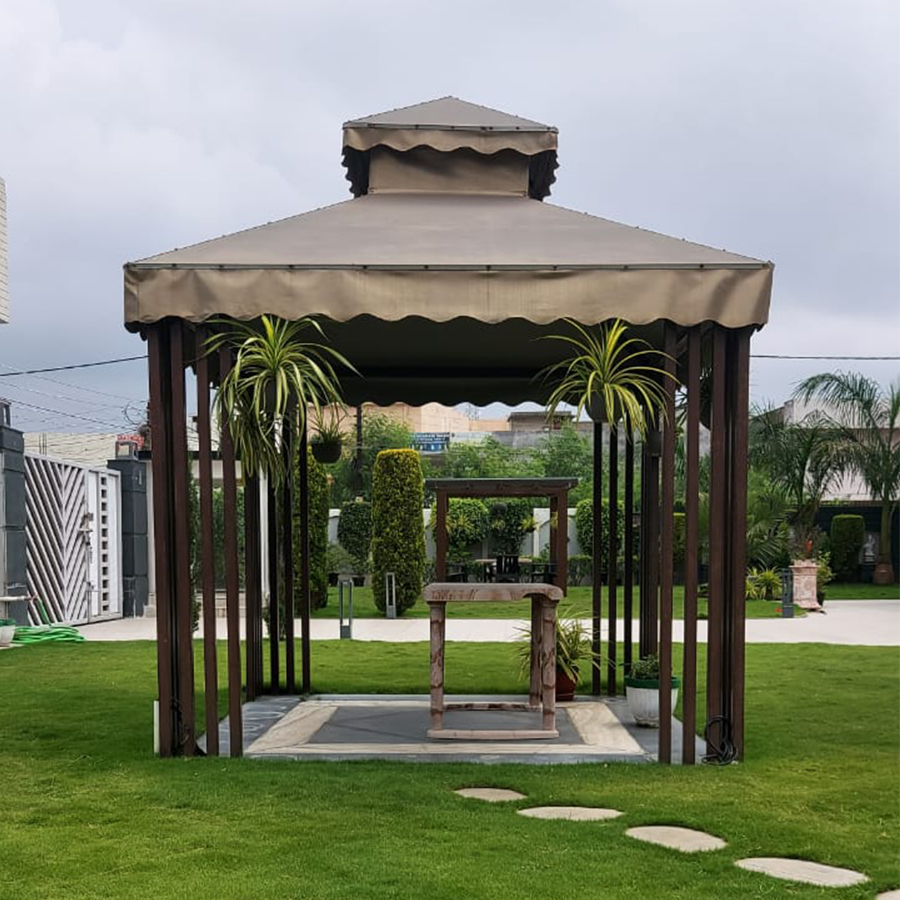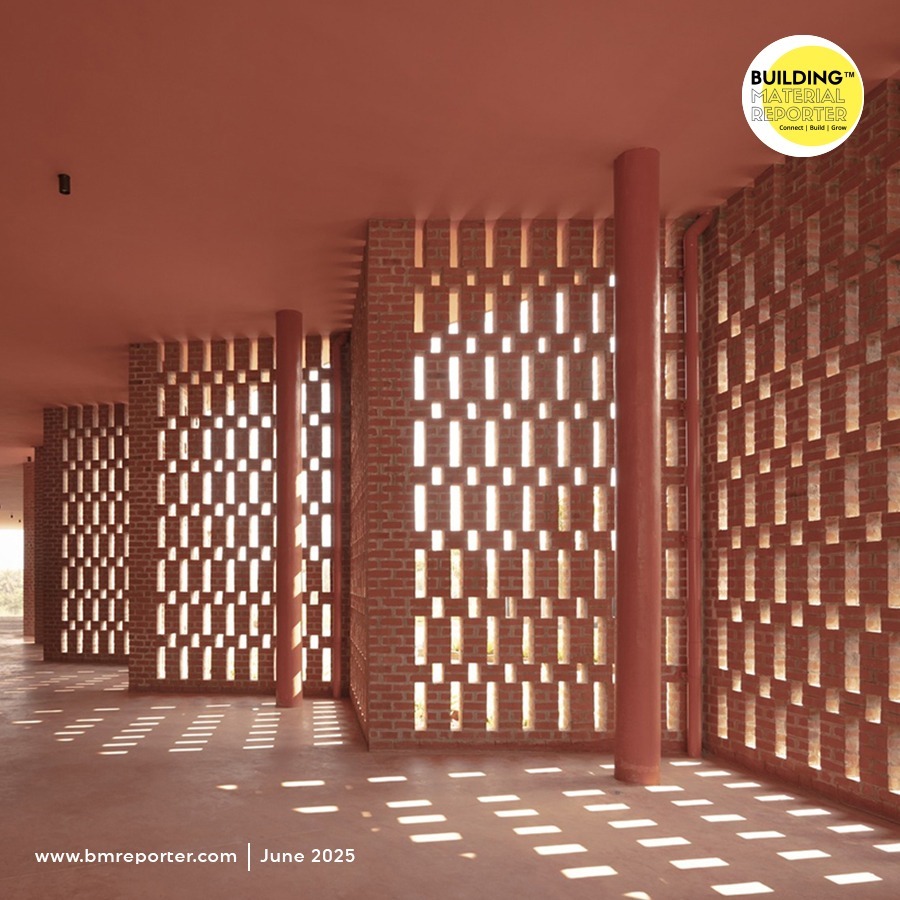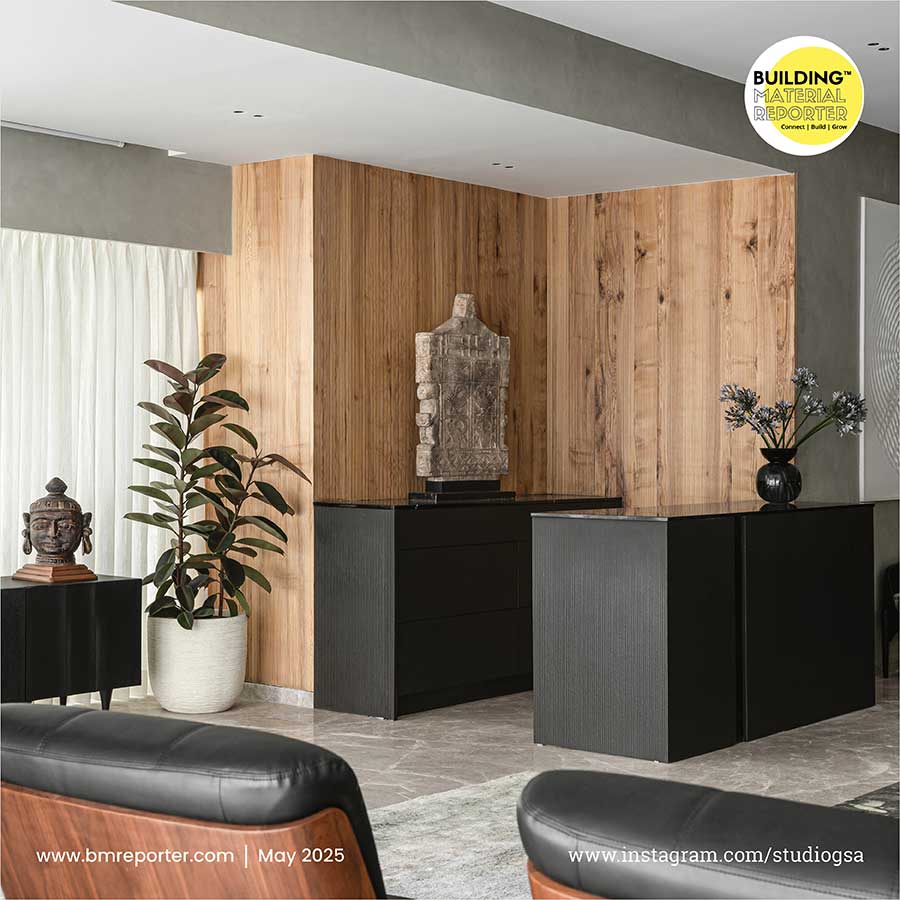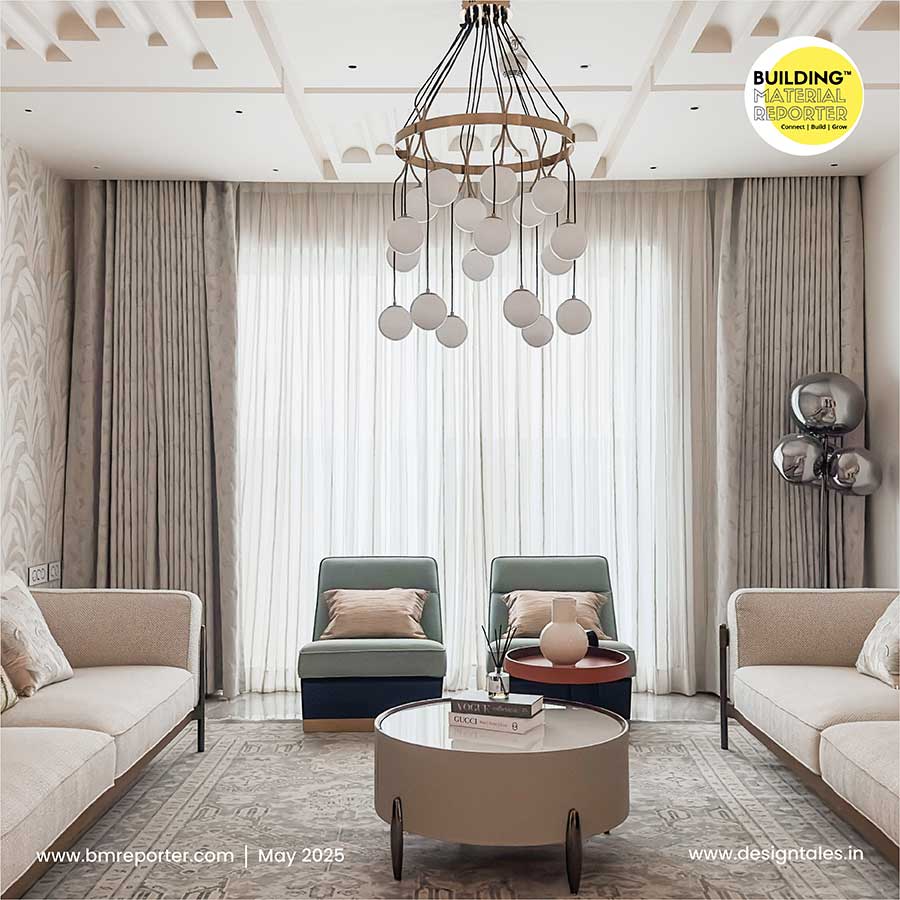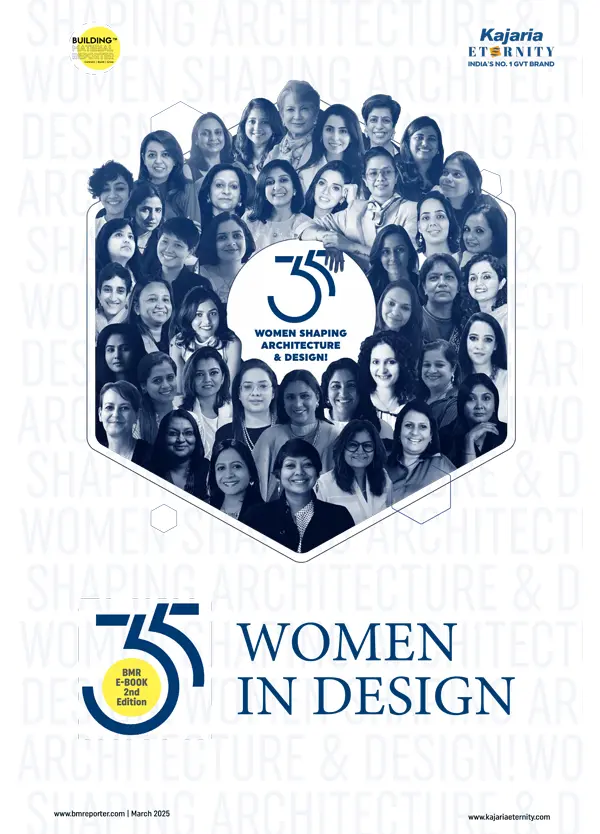TAJ Vivanta Bengaluru’s Climate-Responsive Design
- May 6, 2025
- By: Priyanshi Shah
- INFLUENCERS
 Tucked in the urban landscapes of Whitefield in Bangalore, designed by Designplus Architects, Taj Vivanta pushes the boundaries of hotel design, not just to address the needs of the discerning business traveller coming to Whitefield, but also to redefine and intensify the hotel as a contemporary socio-cultural hub for the IT Park.
Tucked in the urban landscapes of Whitefield in Bangalore, designed by Designplus Architects, Taj Vivanta pushes the boundaries of hotel design, not just to address the needs of the discerning business traveller coming to Whitefield, but also to redefine and intensify the hotel as a contemporary socio-cultural hub for the IT Park.
Responding to Context: The design embraces Bangalore’s culture and climate, adopting a site-specific landscape strategy that plays on connections between interior and exterior spaces. Public and private spaces intertwine in an endless passage of spatial experiences with culturally distinctive cinematic qualities that are indicative of traditional Indian dance forms.
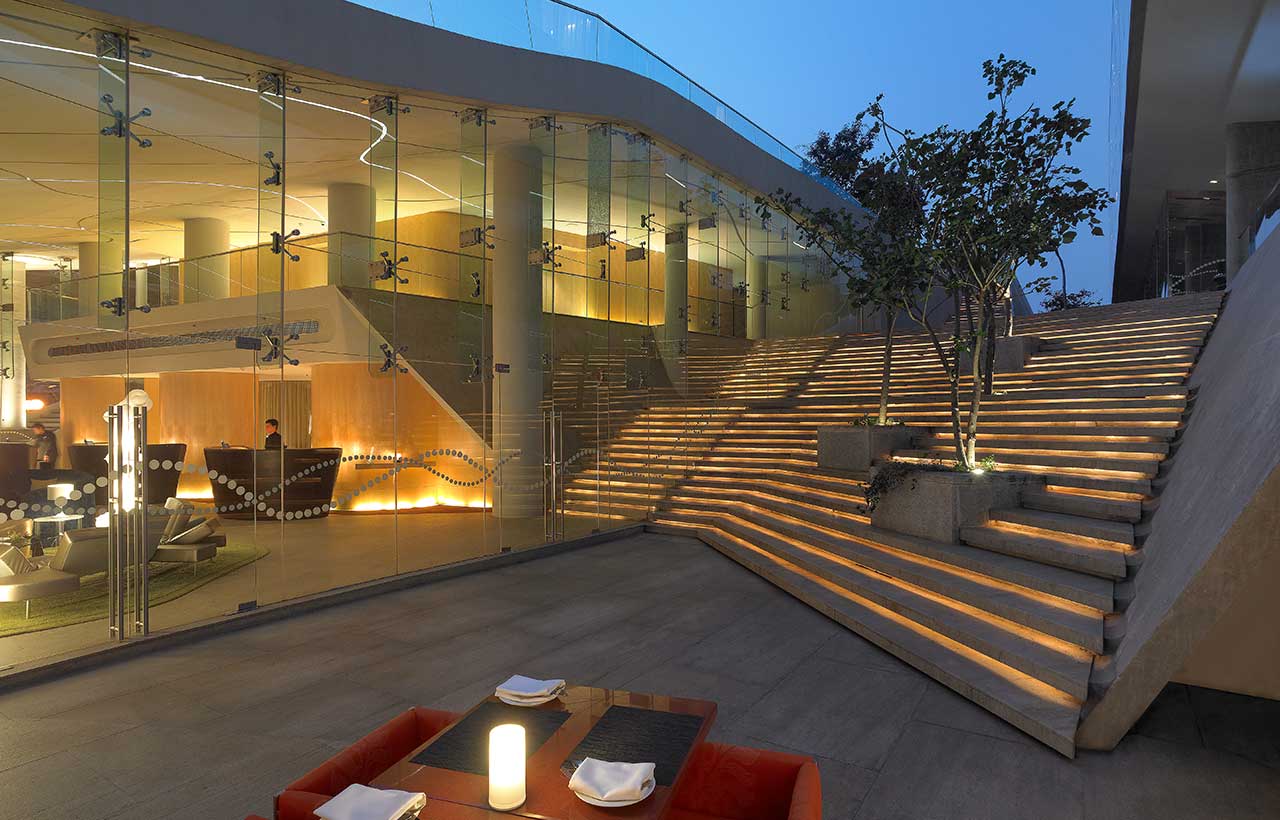 Concept Evolution: Following a design idea with sustainable features and a climate-responsive design, the form pursues a Mobius strip with twists and folds that craft the perception of space. A landscaper concept was used to overcome the restrictions imposed by the low height regulations and the high site coverage in the urban design conditions. The ground plane of the site is theoretically altered to serve as the hotel’s podium to optimise the high site coverage. Following its extrusion from the ground plane, the three-story room block floats above the site, flexes, then lifts in midair to enclose 200 rooms.
Concept Evolution: Following a design idea with sustainable features and a climate-responsive design, the form pursues a Mobius strip with twists and folds that craft the perception of space. A landscaper concept was used to overcome the restrictions imposed by the low height regulations and the high site coverage in the urban design conditions. The ground plane of the site is theoretically altered to serve as the hotel’s podium to optimise the high site coverage. Following its extrusion from the ground plane, the three-story room block floats above the site, flexes, then lifts in midair to enclose 200 rooms.
Construction and Materials: Exploring further, the design embodies local construction and craftsmanship to elevate the essence of modern design. This includes a robust bush-hammer finish, which is applied in certain areas to conceal or improve the exposed concrete’s roughness. Simple timber panelling, stone, or rough bagged render is used in places where concrete is inappropriate. The trademark is symbolised by flux lines to include in the exterior and interior surfaces of the concrete, avoiding and hiding traditional expansion joints. By using these strategies, the high carbon costs associated with importing resources from outside of South India are avoided. Embedded in the context of sustainability, a pixelated greenscape surrounds the rooms. The goal is to remember the original location before construction leads to the creation of this façadexdesign.
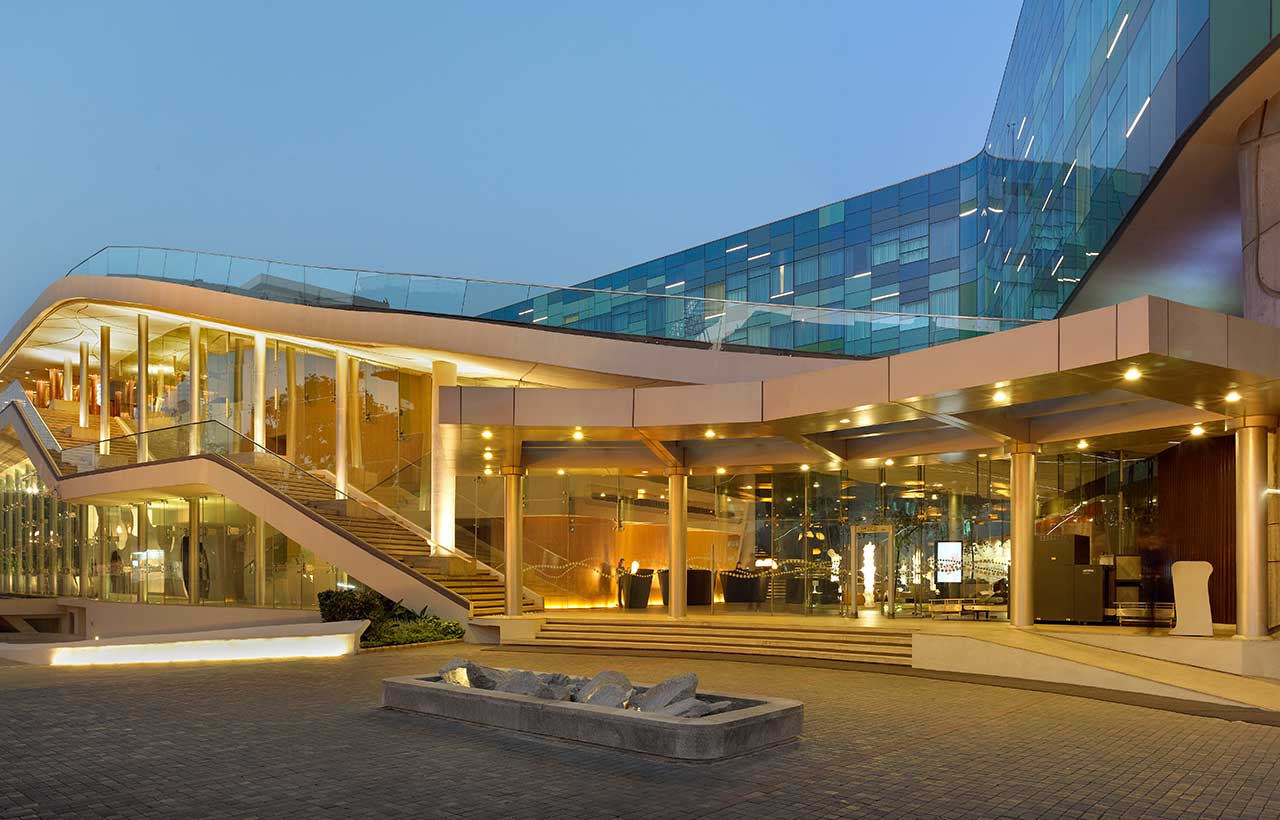 Green Roof Strategies: To make the structure blend contextually with the earth's greens and the sky's blues from a distance, a digital representation of the site's verdant landscape is projected onto the facade. By adding mass and thermal resistance value, the landscaped ground plane transforms into a green roof, lowering heat and cooling loads on the podium areas below.
Green Roof Strategies: To make the structure blend contextually with the earth's greens and the sky's blues from a distance, a digital representation of the site's verdant landscape is projected onto the facade. By adding mass and thermal resistance value, the landscaped ground plane transforms into a green roof, lowering heat and cooling loads on the podium areas below.
Additionally, rainwater is collected from these planes and directed for repurposing in landscape irrigation. The architecture and landscape, together with the modern Vivanta brand ideals, are reflected in the interior design. Upon entering the lobby, visitors are met with an indoor lounge garden with no discernible change from the outside. In banquet halls, visitors are surrounded by rhythmic gates made of faceted walls that fold up to the ceiling. Without being intrusive, an abstracted Indian motif grafted onto a sound-absorbing surface promotes acoustical comfort.
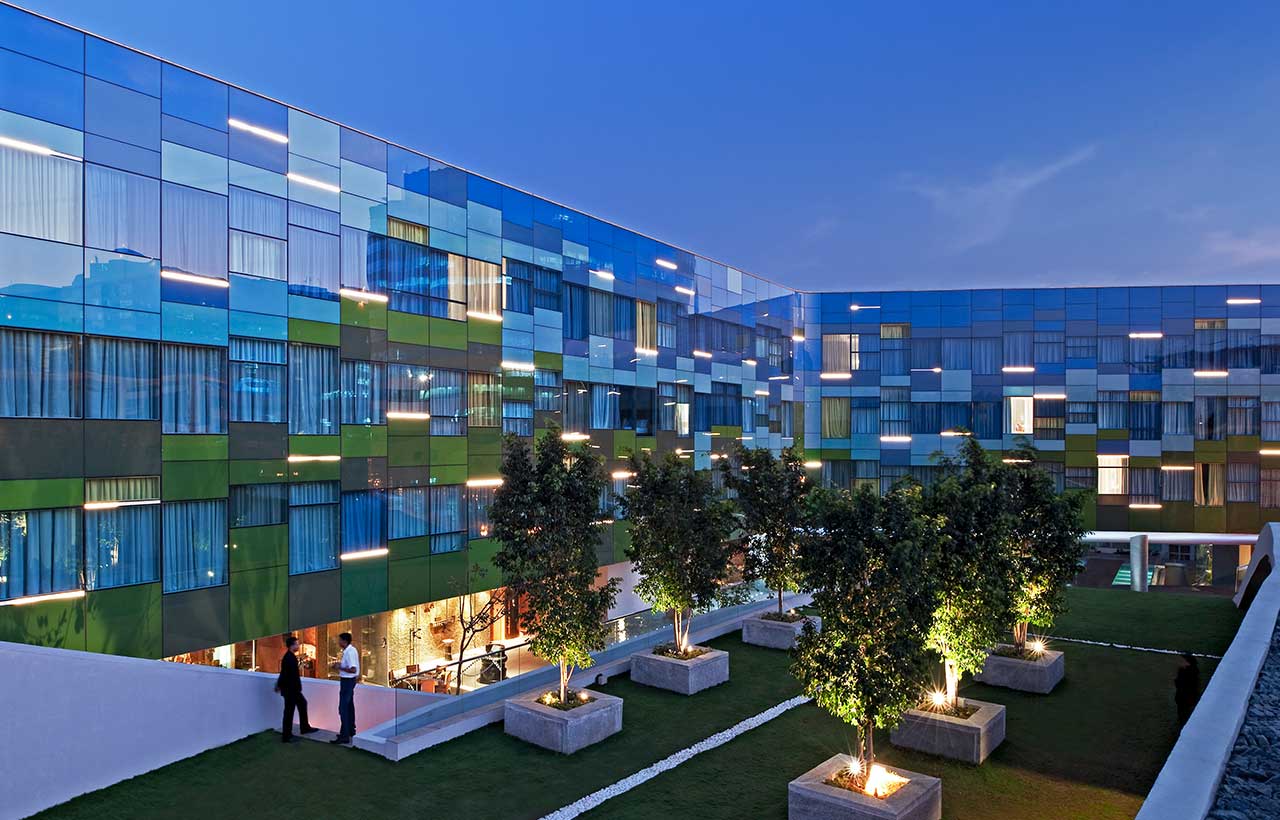 In essence, the resulting form and function of the hotel come together to create a symphony of sensory, spatial, and meaningful experiences that define the Vivanta brand and herald the dawn of Indian hospitality design. At DPA, architectural spaces are perceived as environments that form hubs and intersections, bringing people together, and quiet havens that encourage discovery and reflection. Like in great cities, there should be moments and places in architectural environments that invigorate, inspire, or simply pause.
In essence, the resulting form and function of the hotel come together to create a symphony of sensory, spatial, and meaningful experiences that define the Vivanta brand and herald the dawn of Indian hospitality design. At DPA, architectural spaces are perceived as environments that form hubs and intersections, bringing people together, and quiet havens that encourage discovery and reflection. Like in great cities, there should be moments and places in architectural environments that invigorate, inspire, or simply pause.
 Stay updated on the latest news and insights in home decor, design, architecture, and construction materials with Building Material Reporter.
Stay updated on the latest news and insights in home decor, design, architecture, and construction materials with Building Material Reporter.




